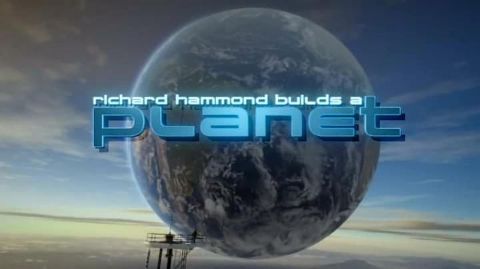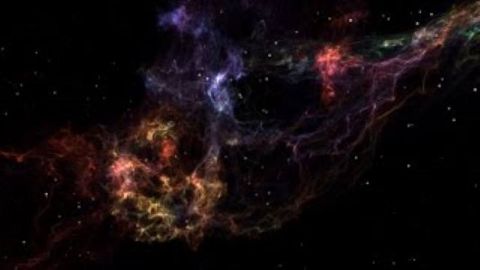You might also like
How do astronomers make sense out of the vastness of space? How do they study things so far away? Today Phil talks about distances, going back to early astronomy. Ancient Greeks were able to find the size of the Earth, and from that the distance to and the sizes of the Moon and Sun. Once the Earth/Sun distance was found, parallax was used to find the distance to nearby stars, and that was bootstrapped using brightness to determine the distances to much farther stars.
25 • Crash Course Astronomy • 2015 • Astronomy
Neutron stars are one of the most extreme and violent things in the universe. Giant atomic nuclei, only a few kilometers in diameter but as massive as stars. And they owe their existence to the death of something majestic.
In a Nutshell • 2019 • Astronomy
When Neil Armstrong stepped onto the moon in 1969, America went down in popular history as the winner of the space race. But that history is bunk. The real pioneers of space exploration were the Soviet cosmonauts. This documentary combines rare and unseen archive footage with interviews with the surviving cosmonauts to tell the fascinating and at times terrifying story of how the Russians led us into the space age. A particular highlight is Alexei Leonov, the man who performed the first spacewalk, explaining how he found himself trapped outside his spacecraft 500 miles above the Earth.
2014 • Astronomy
With his trademark wit, Richard Hammond takes on the ultimate engineering project: how on earth do you build a planet that is just right for life? What do you need to build a planet like ours, and what happens if you get anything wrong? With eye-popping graphics, Richard Hammond opens up a cosmic toolbox to work it out. He's going to build the whole thing, piece by piece, from the top of a two-mile high tower in the Californian desert.
S1E1 • Richard Hammond Builds... • 2013 • Astronomy
The rocky planets Mercury, Venus, Earth, and Mars were born at the same time from the same material - yet have lived radically different lives. What immense forces are at play?
S1E1 • The Planets 2019 • 2019 • Astronomy
The Earth, the sun, the stars, and everything we can see, only comprise five percent of the universe. But what about the other 95 percent? Scientists are puzzling over dark matter and dark energy, the mysterious components that make up the rest.
The Economist • 2015 • Astronomy





